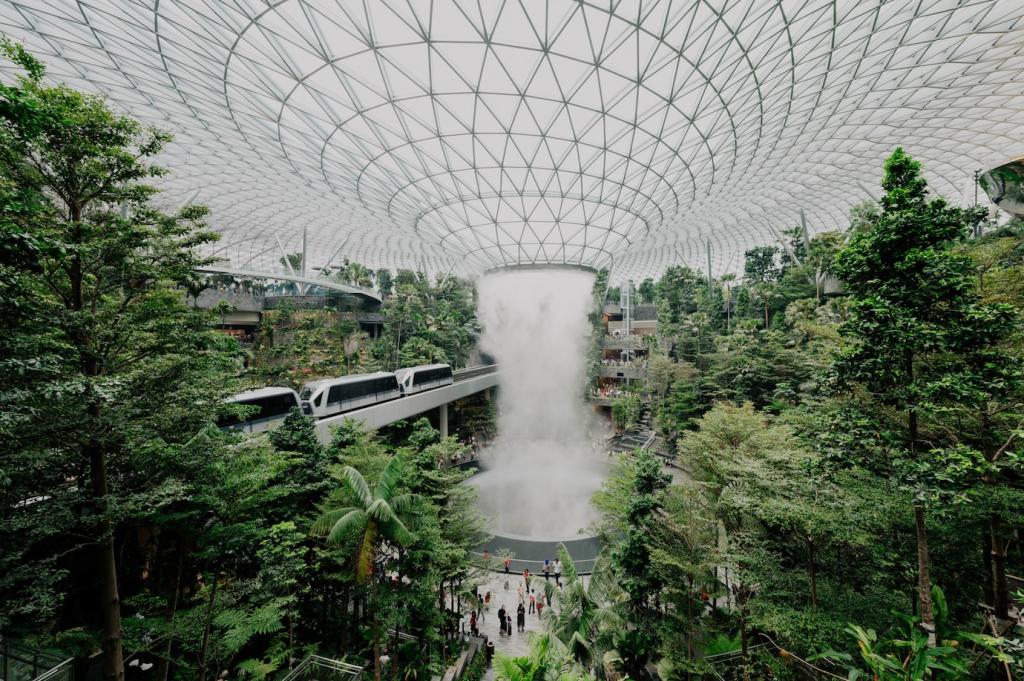The integration of renewable resources has profoundly influenced the evolution of modern architecture, leading to more sustainable, energy-efficient, and environmentally conscious designs. As architects, engineers, and developers increasingly recognize the urgent need to reduce carbon footprints and tackle climate change, the adoption of renewable materials and technologies has become a defining characteristic of contemporary building practices. This page explores how renewable resources are revolutionizing the field of architecture today, highlighting the materials, techniques, and benefits associated with this transformative movement.
Sustainable Materials for Eco-Friendly Structures
Engineered timber products, including cross-laminated timber (CLT) and glued-laminated timber (glulam), represent a major advancement in renewable construction materials. These mass timber elements provide exceptional structural strength, rivaling traditional steel and concrete, while storing carbon throughout their useful life. Architectural use of mass wood results in buildings that are not only lightweight and quick to assemble but also imbued with warmth, aesthetic appeal, and markedly lower embodied energy.

Water Management through Renewable Systems
Rainwater harvesting systems collect and store precipitation from rooftops and other exposed surfaces, making it available for non-potable uses such as irrigation, flushing toilets, or even potable water with proper treatment. By designing buildings with integrated cisterns, permeable surfaces, and efficient conveyance networks, architects help decrease runoff and reduce the need for municipal water. These systems contribute to the resilience of urban environments, lowering the burden on municipal infrastructure and securing a sustainable water source.
Green roofs and living walls are engineered layers of soil and vegetation built onto a structure’s surfaces. In addition to their aesthetic value, these living elements naturally filter rainwater, slow runoff, and increase insulation. The integration of green infrastructure supports biodiversity, reduces the heat island effect in urban areas, and fosters occupant well-being. Such features represent a harmonious synergy between regenerative materials and water management strategies in contemporary building design.
Graywater systems recycle lightly used water from sinks, showers, and laundry for landscape irrigation or toilet flushing. By routing greywater through on-site treatment processes, buildings can maximize water efficiency while protecting freshwater resources. These closed-loop systems reduce demand for potable water and lower wastewater generation, addressing both environmental impacts and operational costs. Implementing greywater recycling demonstrates a holistic approach to renewability, placing water stewardship at the forefront of architectural practice.

